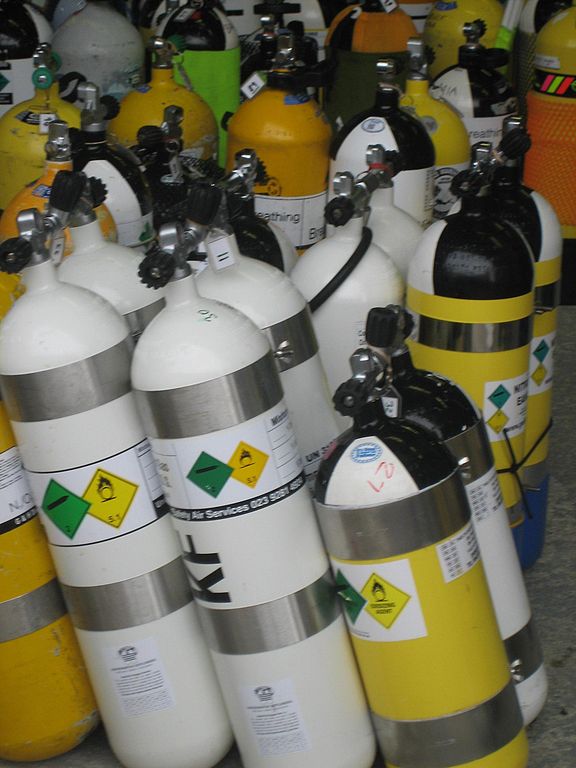Here is an email I wrote to the Subsurface mailing list in response to the suggestion to offer the option to display gas use (SAC or RMV) in units of pressure drop per time even when you use only a single cylinder size:
There are two separate issues:
One is if you measure the gas consumption in units of
a) pressure drop per time
or
b) volume of gas at some reference pressure (typically surface pressure) consumed per time
the other is which term or abbreviation you use for a) or b).
Both discussions are very old already and Subsurface decided to call the measurement of b) „SAC“ or surface air consumption. It seems some other people call that RMV (respiratory minute volume) and maybe the latter ones are in a majority and Subsurface took a poor choice. I don’t know, maybe. In German, it is called AMV (Atemminutenvolumen which translates to breathing minute volume which is as stupid in German as it sounds in English but at least everybody uses it so there is no discussion). I don’t really care what you want to call it, maybe ABC is also an option or XYZ and I am open to changing the name in Subsurface if a large majority of English speakers say that one is the preferred term (but so far my impression is that there are people in both camps).
But the first issue is not up to discussion, the correct way do express it is b)! The only reason some people might think a) is a viable option is because in the water you have a gauge that measures pressure but you don’t measure amount of gas (as mols or volume at reference pressure) directly. So if you know how much your pressure gauge dropped in the last five minutes (assuming constant depth) you have a rough idea how many more minutes you can stay at the current depth and not running into gas problems. It gives you a rule of thumbs estimate but not more since future consumption depends on many other factors.
Once you are out of the water and write your log you can let your computer do the calculation to convert this into volume (amount of gas) units which is a much more meaningful way of expressing things. Others have mentioned that it makes no sense to compare pressure units if you you have different cylinder sizes. But even if you say you only have a single cylinder and will always use the same you should realise the conversion between pressure drop and amount of gas used is only simple in a world that knows only about ideal gases. Subsurface takes great proud in the fact it is aware this is only an approximation and takes into account the pressure dependent compressibility of breathing gases. And if you do that a pressure drop only translates to an amount of gas when you also know the starting pressure.
Let me show you in an example that this difference is actually relevant: I am diving in a world that uses metric units so my numbers come from common sizes an pressures in metric units but for your convenience I will translate those to imperial units (I guess you are using those because only in imperial units people have the idea that a) might be a meaningful thing):
Let’s do an air dive to 66ft (20m) for 22 minutes (i computed this in the planner) using D12 tanks (two 12 litre cylinder) with a total volume of 167cft.
If the pressure drops from 2900psi to 2320psi (200bar to 160bar) the SAC is 0.48cft/min (13.6 l/min).
If however the pressure drops from 1450psi to 870psi (100bar to 60bar), obviously the same difference in pressure, the SAC is 0.54cft/min (15.3 l/min).
So the difference in SAC (amount of gas used) is more than 10% if you start from a full cylinder or from a half empty cylinder and drop by the same amount of pressure. This difference in invisible if you measure it in pressure units but it is probably much higher than what you worry about when you look in trends of your gas consumption over time. (The reason is that at higher pressure air is significantly less compressible than at lower pressures).
You will not be able to seriously monitor your gas consumption over time if you use pressure/time units unless you always use the same cylinder and always start your dive with an identical starting pressure.
For this reason I am convinced that option a) is simply wrong (or for a less aggressive term: uninformed) and I will veto using it in Subsurface or even offering it as an option to the used (just as I would veto offering to turn off the real gas corrections even though we get many complaints about Subsurface getting gas calculations „wrong“).


